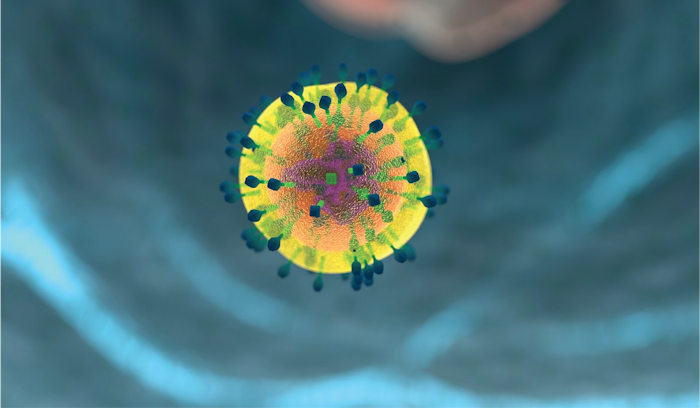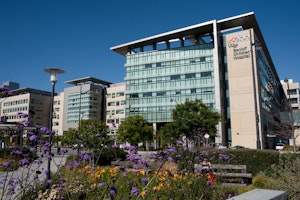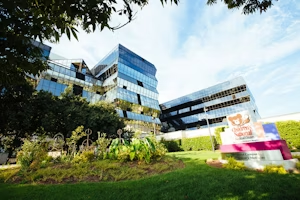Integrative Analysis of Childhood Cancers
Email Principal Investigator
About this
Project
Treating pediatric cancers requires a robust understanding of the mechanisms of tumor growth and progression, as well as an understanding of the differences between tumor types. This project seeks to generate mutational, transcriptional, and integrative profiles of individual tumors. Researchers will compare samples to each other to find sub-groupings of samples, and determine which features define those groupings. Understanding these groupings could lead to the identification of targets for therapeutics. The purpose of these comparisons will be to further refine the set of potential gene and pathway targets for the treatment of pediatric brain cancers. Researchers will apply integrative analysis of data types to find potential novel drug targets and matching of therapeutics. The Children's Brain Tumor Network contributed to this project by providing access to the Pediatric Brain Tumor Atlas.
Ask The
Scientists
What are the goals of this project?
Researchers will analyze pediatric cancer data to characterize key elements of the tumors.
What is the impact of this project?
Understanding the key characteristics for tumor types will provide improvement to identify potential new diagnostic indicators and therapeutic targets.
Why is the CBTN request important to this project?
Work like this project requires comprehensive, high quality data across cancer types, making access to the Pediatric Brain Tumor Atlas integral.
Specimen Data
The Children's Brain Tumor Network contributed to this project by providing access to the Pediatric Brain Tumor Atlas.
Meet The
Team
Collaborators:
- Zack Sanborn at NantOmics
- Yulia Newton at NantOmics
- AJ Sedgewick at NantOmics
- Bobby Reddy at NantHealth
- Kayvan Niazi at NantBio
- Lennie Sender at NantKwest

Culver City, California

Santa Cruz, CA, USA

Culver City, California

Culver City, California

San Francisco and Oakland, CA, USA

Philadelphia, PA, USA

Washington, DC, USA
Institutions

NantOmics
Our mission is to provide comprehensive personalized molecular solutions to inform cancer care.NantOmics, a member of the NantWorks ecosystem of companies, is a leader in molecular diagnostic testing and the first company to employ an integrated panomic approach to inform personalized treatment opti

Satellite
UC Santa Cruz Treehouse Childhood Cancer Initiative
Joined onThe Treehouse Childhood Cancer Initiative was established to analyze genomic data of children with cancer in the context of large data sets of both pediatric and adult cancers. This allows researchers to identify situations where an available drug is predicted to work for a given patient’s tumor. Tr

Primary

UCSF Benioff Children's Hospital
Joined onThe Pediatric Brain Tumor Center at UCSF Benioff Children’s Hospital, with campuses in San Francisco and Oakland, harnesses the power of world-class experts from all disciplines related to child brain health, including neurology, neurosurgery, neurocritical care, neurogenetics, neuro-oncology, rehab

Primary
Operations Center

Children’s Hospital of Philadelphia
Joined onOperations Center for the Children’s Brain Tumor Tissue Consortium, the Children’s Hospital of Philadelphia (CHOP) is currently ranked 1st nationally for their Pediatric Cancer Program by U.S. News & World Report. CHOP’s Biobank is home to the CBTTC’s pediatric brain and CNS tumor biorepository; the

Primary
Children’s National Hospital
Joined onEach year, the Brain Tumor Institute at Children’s National evaluates more than 100 new patients with brain tumors, and is recognized as a world leader in childhood brain tumor care and research. Children’s National has pioneered novel pediatric brain tumor therapies, including new molecularly-targe
related

